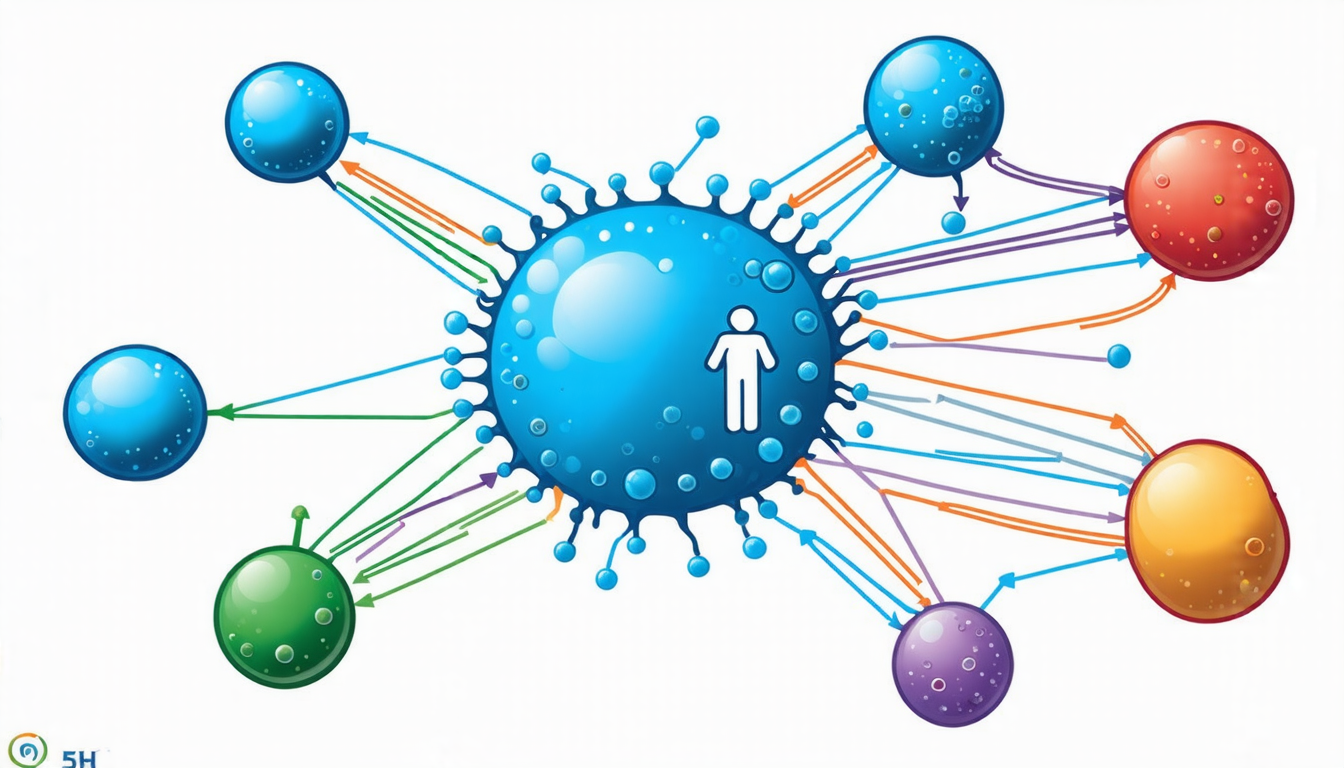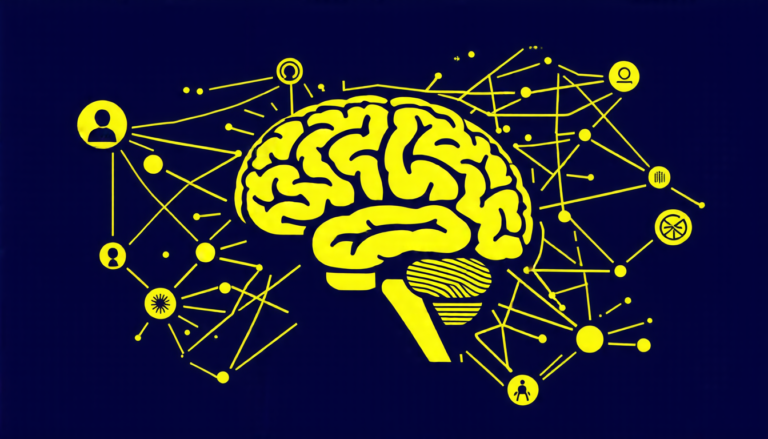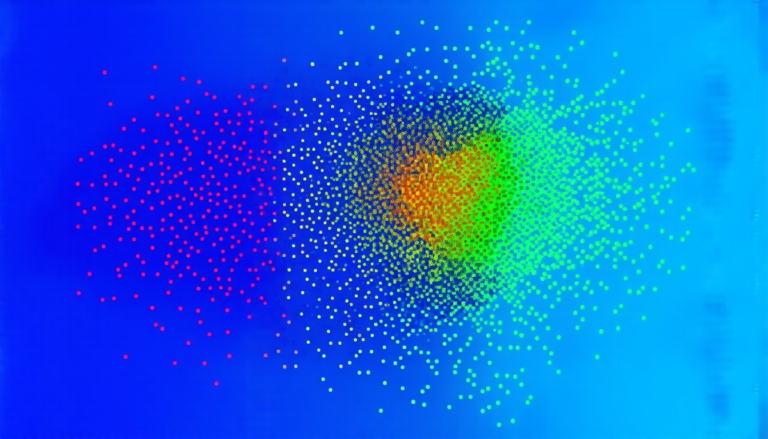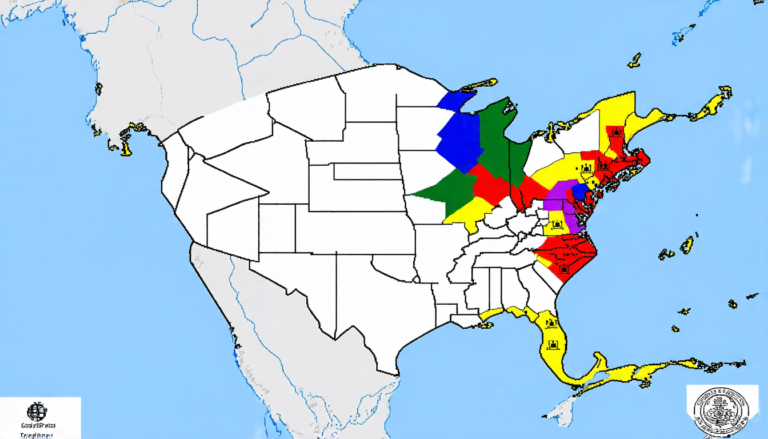Monday 12 May 2025
Scientists have made a significant breakthrough in understanding how different cells in our body communicate with each other. By analyzing large amounts of data, researchers have developed a new method to study the complex relationships between various cell types.
Traditionally, scientists have focused on individual cells or small groups of cells to understand their behavior and interactions. However, this approach has limitations when it comes to understanding how different cells work together to maintain our overall health and respond to diseases.
The new method, called Bayesian density-density regression (DDR), allows researchers to study the relationships between multiple cell types simultaneously. This is achieved by analyzing the patterns of gene expression in each cell type and identifying the correlations between them.
One of the key advantages of DDR is its ability to handle large amounts of data and identify complex patterns that might be missed by traditional methods. By using Bayesian statistics, the researchers can account for uncertainty and variability in their findings, making their conclusions more robust and reliable.
The study focused on six different cell types: T cells, B cells, monocytes, natural killer cells, and two types of immune system cells. The researchers used data from millions of gene expression measurements to train a machine learning model that could predict the relationships between these cell types.
The results were striking. The analysis revealed complex networks of interactions between the different cell types, with some cells influencing others in unexpected ways. For example, the study found that T cells and B cells are closely connected, while natural killer cells have a more distant relationship with other immune system cells.
The findings also highlighted the importance of considering multiple cell types simultaneously when studying diseases such as cancer or autoimmune disorders. By understanding how different cell types interact, researchers may be able to develop new treatments that target specific cellular pathways and improve patient outcomes.
While this study is just the beginning, it has significant implications for our understanding of human biology and disease. As scientists continue to refine their methods and analyze more data, we can expect a deeper understanding of the intricate relationships between different cell types and how they contribute to our overall health.
In the future, DDR may be used to study other complex biological systems, such as the brain or the microbiome. By applying this approach to these areas, researchers may uncover new insights into human biology and develop innovative treatments for a range of diseases.
Overall, this breakthrough has the potential to revolutionize our understanding of human biology and disease, and could lead to significant advances in medicine and healthcare.
Cite this article: “Unlocking Cellular Communication: A Breakthrough in Understanding Cell-Type Interactions”, The Science Archive, 2025.
Cell, Communication, Gene Expression, Bayesian Statistics, Machine Learning, Immune System, Disease, Cancer, Autoimmune Disorders, Biology







